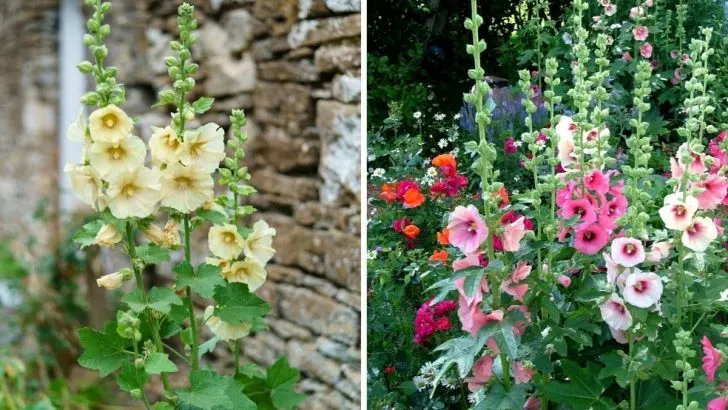Hollyhocks, also known as Alcea rosea, are a garden favorite for their towering flower spikes that can reach up to three feet in height. Their impressive blooms bring vertical beauty and a touch of charm to any outdoor space. Whether you’re aiming for a cottage-style garden or just want to add height and color, hollyhocks are a perfect choice.
Not only do they make a statement, but they’re also relatively easy to grow and maintain.
Ready to learn how to plant and care for these beauties? Let’s get started with everything you need to know, from planting tips to common issues.
How to Plant Hollyhocks
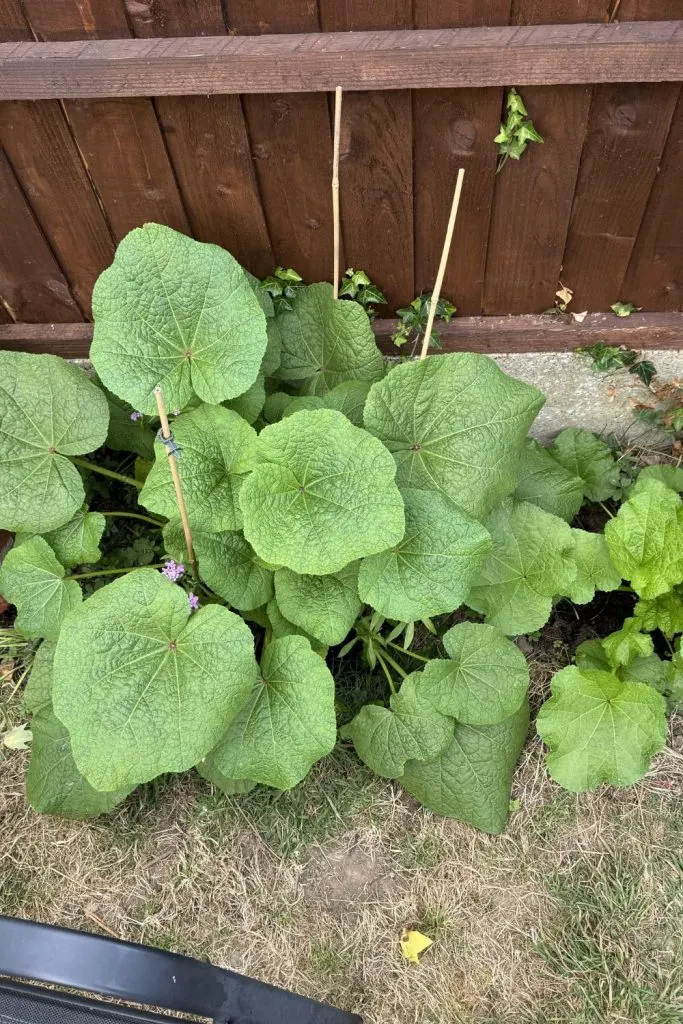
Step 1: Hollyhocks love sunlight, so find a spot that gets at least six hours of direct sunlight daily. The more sun they receive, the better their blooms will be. They also need well-draining soil. If your garden soil is heavy and tends to hold water, mix in some compost or sand to improve drainage.
Step 2: Sow seeds about two weeks before the last frost. Hollyhocks like to get started in cooler weather, but make sure the frost is nearly over. If you’re transplanting seedlings, wait until all danger of frost has passed to avoid damage.
Step 3: Plant seeds ¼ inch deep in the soil. This shallow depth is perfect for ensuring they sprout without getting buried too deep.
Space each plant about three feet apart. Hollyhocks need plenty of room to grow tall and spread their foliage. Crowding them will reduce air circulation, increasing the risk of diseases.
Bonus Tip: For a lush, dramatic effect, plant hollyhocks in clusters of three or more. They also look beautiful when planted along a fence or wall to create a vertical garden display.
Caring for Your Hollyhocks
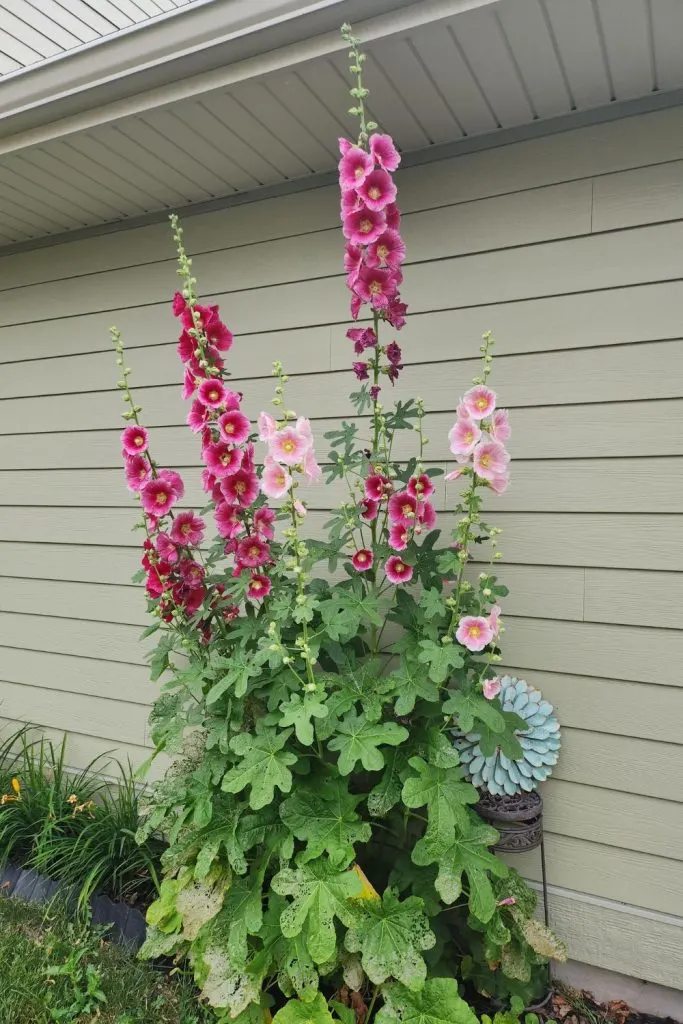
Once your hollyhocks are established, they require minimal care, but giving them a little extra attention can keep them blooming beautifully year after year.
Watering
Water hollyhocks deeply, but only when the top inch of soil feels dry. Overwatering can lead to root rot, so it’s important to let the soil dry out between waterings. Always water at the base of the plant, avoiding the leaves, which can help prevent fungal diseases like rust.
Pruning for Extended Blooms
Hollyhocks are short-lived perennials, typically lasting two to three years. To extend their blooming season, deadhead the flowers (remove spent blooms) to encourage the plant to produce more flowers rather than going to seed.
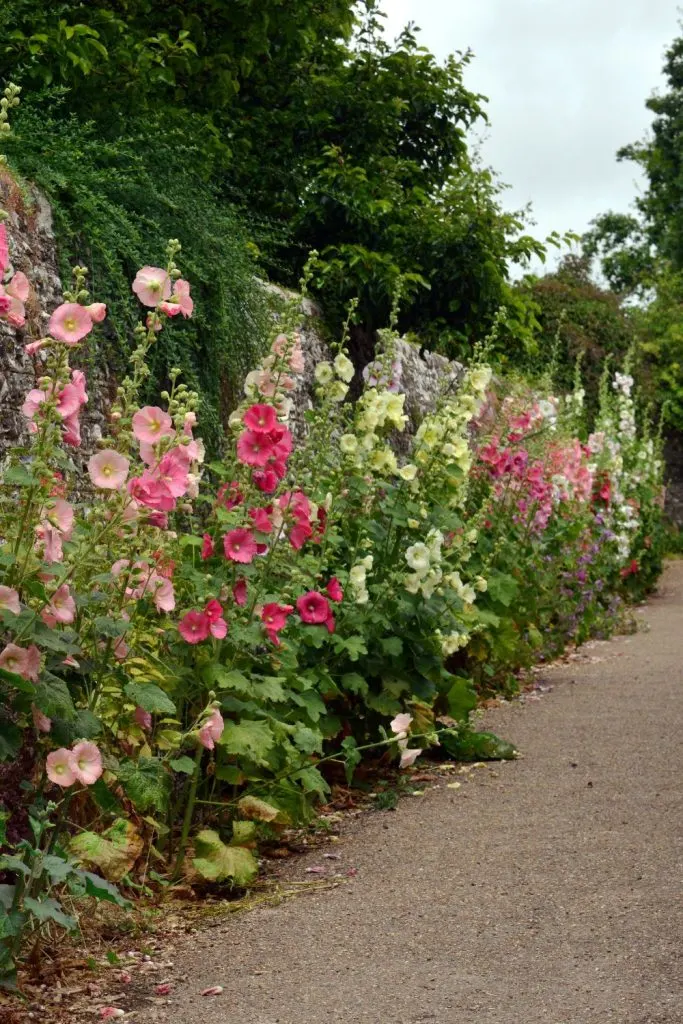
Winter Care
In colder climates, cut the plants back to the ground at the end of the growing season. Cover the roots with a layer of mulch to protect them from freezing temperatures during winter.
Self-Seeding
One of the great things about hollyhocks is that they self-seed. As long as you leave some flowers to go to seed, they will come back year after year. Just ensure that conditions are right for them to thrive.
Fertilizing
In the spring, feed your hollyhocks with a balanced fertilizer or compost. This helps them get the nutrients they need to produce strong, vibrant blooms.
Common Problems with Hollyhocks
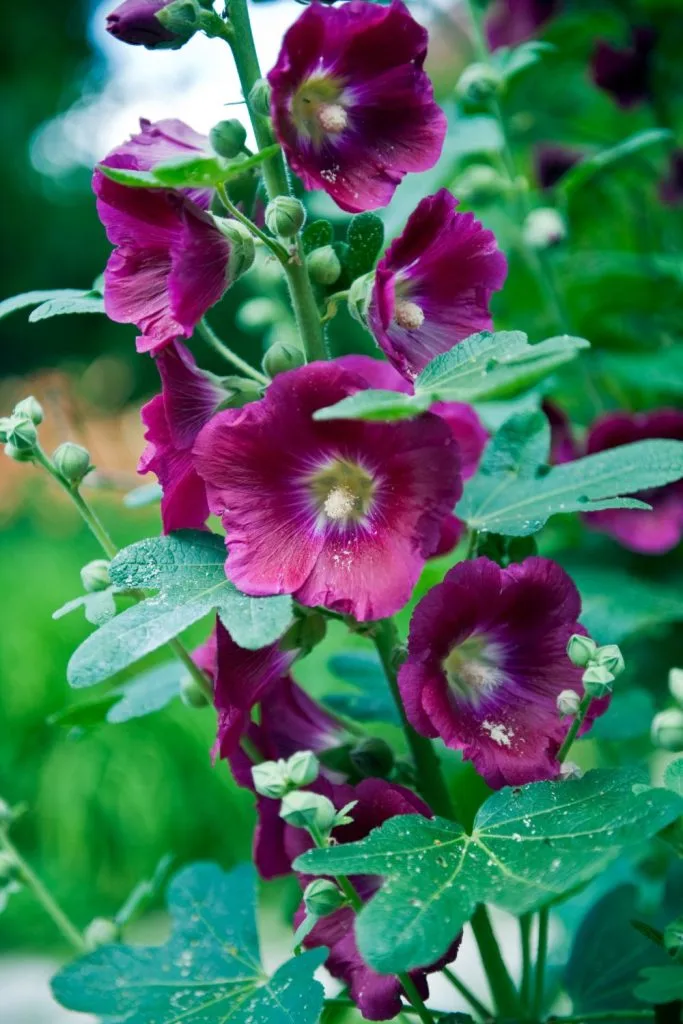
Despite being easy to grow, hollyhocks can face a few common issues. The most frequent one is rust, a fungal disease that usually affects the lower leaves, causing reddish-brown spots.
• Preventing Rust – Water at the base of the plant rather than overhead, as wet leaves are more susceptible to disease. Make sure your plants have adequate space for air to circulate freely around them, reducing humidity.
• Treating Rust – If rust does appear, remove affected leaves as soon as you notice the symptoms to stop it from spreading. You can also apply neem oil or a fungicide to control the disease.
• Other Pests – Occasionally, aphids or Japanese beetles may try to make a meal out of your hollyhocks. Keep an eye out for these pests and treat them with insecticidal soap or a homemade mixture of water and dish soap.
• Staking Tall Plants – Hollyhocks can grow so tall that they become top-heavy, especially in windy areas. If you notice your plants starting to lean, use stakes or bamboo poles to support them. This simple step will help prevent the plants from snapping and keep them standing tall all season.


